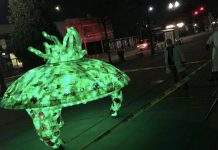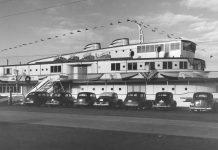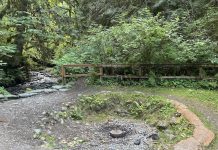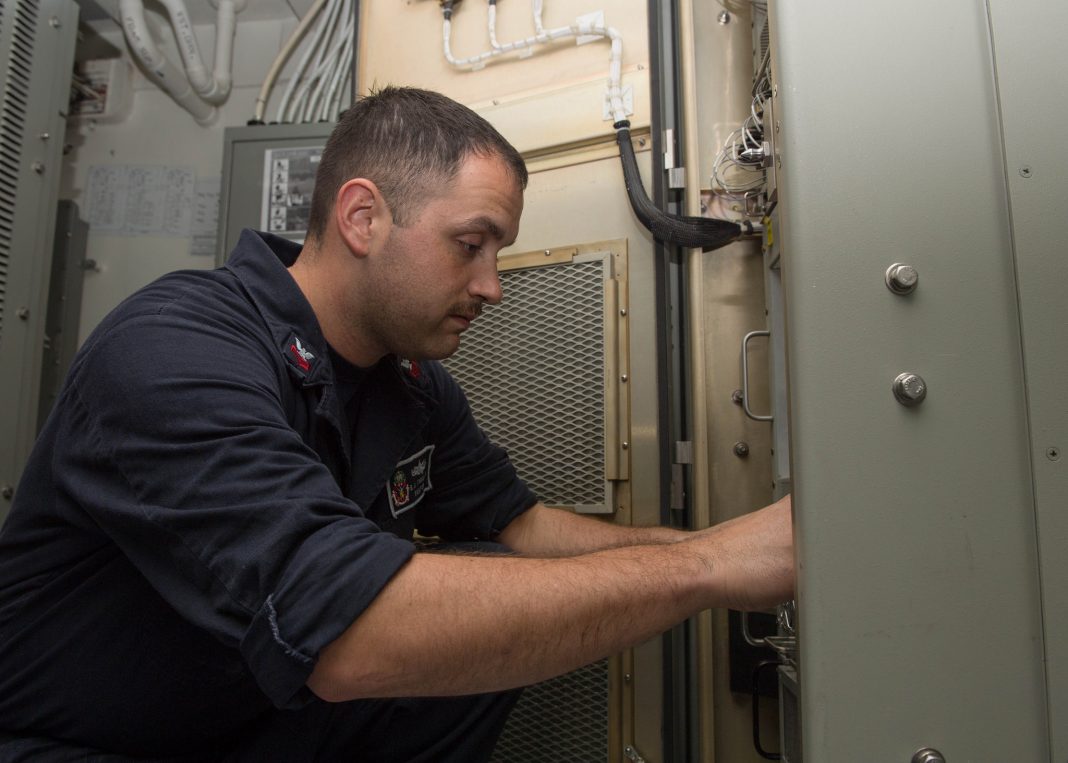Submitted by Navy Outreach
By Petty Officer Second Class Bryan Jackson, Navy Office of Community Public Affairs
A 2010 of Gov. John Rogers graduate and Puyallup, Washington, native is a crewmember on the U.S. Navy guided-missile destroyer USS Sampson (DDG 102), which assisted in earthquake recovery efforts in Kaikoura, a town on New Zealand’s South Island.
The crew, originally scheduled to participate in New Zealand’s International Naval Review, commemorating the 75th anniversary of the Royal New Zealand Navy, rendered assistance to those affected by the 7.8-magnitude earthquake that shook the South Island Nov. 14.
Sailors flew ashore in MH-60R helicopters to distribute water, aid in infrastructural repair, assess damage, and pass out informational packets that informed residents what services were available.
Petty Officer Second Class Ian Dalton Tate is a gunner’s mate serving aboard USS Sampson.
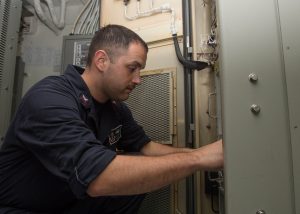
As a gunner’s mate leading petty officer, Tate is responsible for combat gunnery division, the training and progression junior gunner’s mates, training ship’s company in weapon use and the maintenance of the weapons systems aboard USS Sampson.
“My favorite part of my job is when we get to go out and conduct a live fire of the MK 45 Mod 4. Being able to see all my hard work of maintaining the weapon system on board brings a great deal of pride for me,” said Tate. “I also love being able to see the world and I’ve been able to add New Zealand, a place I’ve always dreamed of visiting, to my list of places I’ve been.”
USS Sampson is capable of helicopter operations and warfare areas such as anti-submarine, surface, air, and strike in support of ensuring stability and prosperity throughout the Pacific.
“While viewing sobering images of widespread infrastructural damage in Kaikoura, I was also reminded and encouraged by the sight of my Sailors going ashore with an unwavering can-do spirit that assures me we are doing our part in supporting the New Zealand forces,” said Cmdr. Tim LaBenz, commanding officer of Sampson.
As one of approximately 350 crewmembers, Tate explained they are building a legacy that will last beyond their lifetimes. As with the American Navy, New Zealand is an important leader in the Pacific, a key contributor to global security, and a valuable military partner on issues like humanitarian assistance, disaster relief, and peacekeeping.
“My favorite part of serving on board the USS Sampson is being able to see my junior personnel grow. Being able to be part of a group of Gunners Mates that when pushed to our limits still come out and show that we will prevail.” said Tate.
Sampson is the fourth U.S. destroyer named after Rear Adm. William Thomas Sampson, who served from 1857 to 1902, and commanded of the North Atlantic Station during the Spanish-American War in 1898. The U.S. Navy second ship named USS Sampson (DD-364) supported combat operations while patrolling Pacific waters north of New Zealand during World War II.

















